
The reason for adding gas to cars is:. Economy: In some regions or countries, the price of CNG or LPG fuel is lower than that of gasoline or diesel, so the use of gas can reduce the cost of fuel used by vehicles and improve economy.
Natural gas is cheaper than gasoline, so natural gas will be added, and gasoline will only be used when there is no gas.
Refueling the car is refueling the car. After refueling, the car can still drive safely.Vehicle refueling also refers to adding reduced natural gas and natural gas vaporized to the vehicle. This situation generally occurs in professional natural gas vehicles, oil-to-gas taxis and other vehicles, which are equipped with a set of fuel system software for the professional application of natural gas.
It can protect the environment, convenient transportation, fuel-saving and safety. Environmental benefits Fuel combustion will produce a large amount of toxic car exhaust, which will seriously affect the environment. In the past, China had become the country with the largest emission of automobile exhaust in the world, which is why natural gas is increasingly used in automobiles.
If the motor vehicle's oil is changed to gas, it will still have an impact on the engine. First of all, its engine power performance will shift and decline significantly, and the life of the motor vehicle will also decrease.
There are certain disadvantages, mainly reflected in the following: due to the low energy density of gas fuel, cars that use natural gas alone carry less fuel, and the general driving distance is shorter than gasoline cars.
The problem of the design scheme of the automobile engine is that the gas has been changed, which is very harmful to the automobile engine. The process in the case of modification is very important, if the modification does not destroy the route.Private cars drive within 20,000 kilometers per year, and it is not suitable for modification. Advantages: Today's natural gas is all cng, which is to shrink natural gas.
Although natural gas has the advantages of low price and low consumption, the current technology of oil to gas is still not mature, and there will be more small problems after modification, so the disadvantages of automobile oil to gas outweigh the benefits.
The impact of changing cars to natural gas on cars: big. It is more economical, the price of natural gas is lower, and the cost of gas-burning vehicles per unit mileage is lower than that of fuel vehicles. It is more environmentally friendly. Compared with fuel oil, natural gas has less pollution from preparation to transportation and final transportation, which is much more environmentally friendly.
The technology in the modification process is very important. If the modification is not good, the line is easy to damage. Private cars travel within 20,000 kilometers a year, which is not suitable for modification. Advantages: The current natural gas is cng, that is, compressed natural gas.
1. At present, the power solution commonly used in the modification factory is to adjust the map table. Although it can improve the engine power, it causes insufficient combustion of natural gas in the engine combustion chamber and increases co emissions; if the supply of gas is reduced, it will also cause insufficient power.
2. Single-point natural gas needs to be converted manually. When the temperature drops, the engine needs a certain temperature before you can manually convert natural gas into oil, otherwise, the initial operation will be unstable. Therefore, it is generally more stable to apply oil after the car is preheated and idle for ten minutes and converted into gas. If you change it to a single point of natural gas.
3. Don't step on it with your feet, and accelerate the start step by step.Save gas. If you want to save gas, you must avoid stepping on the accelerator when starting. If you step on the accelerator again than starting at normal speed, the gas consumption will increase by 2 to 3 times. Keep the distance of the car and don't step on the brake frequently, which saves more gas.
There are differences between them. Strictly speaking, gas vehicles generally use natural gas, while using liquefied petroleum gas. The concepts of the two are different. Natural gas vehicles are a kind of gas-fueled vehicles fueled by natural gas. The methane content of natural gas is generally more than 90%, which is a good fuel for automobile engines.
Different nature Natural gas cars are cars powered by natural gas as fuel. There are a series of exhaust gas treatment devices for the combustion of liquefied gas vehicles, and the content of carbon monoxide, hydrocarbons, etc. in the exhaust is extremely small.The pressure is different. The pressure of liquefied gas is greater than 2800 Pa, so the gas nozzle is relatively small, and the pressure of natural gas is 2000 Pa.
The home one is also rigid, but it can't withstand so much pressure. It can only accept the pressure of 5mpa.
No, that's natural gas, and the gas used is liquefied petroleum gas.
Invehical liquefied gas has made relatively clear provisions for propane (the content should be between 40-85% according to different types of No. 1-3), total olefins, total sulfur content and butane composition (between 0-5%), while civil liquefied gas is a mixed temperament. In addition to containing alkanes, it also contains a small amount of olefins and C5.
No. The interface diameter of the liquefied gas tank is also different from the filling gun of natural gas, which cannot be used universally, that isAfter modification, the people of the natural gas company will not add it to the user. Household gas is LNG and vehicle gas is CNG.
*How to integrate trade data with RPA-APP, download it now, new users will receive a novice gift pack.
The reason for adding gas to cars is:. Economy: In some regions or countries, the price of CNG or LPG fuel is lower than that of gasoline or diesel, so the use of gas can reduce the cost of fuel used by vehicles and improve economy.
Natural gas is cheaper than gasoline, so natural gas will be added, and gasoline will only be used when there is no gas.
Refueling the car is refueling the car. After refueling, the car can still drive safely.Vehicle refueling also refers to adding reduced natural gas and natural gas vaporized to the vehicle. This situation generally occurs in professional natural gas vehicles, oil-to-gas taxis and other vehicles, which are equipped with a set of fuel system software for the professional application of natural gas.
It can protect the environment, convenient transportation, fuel-saving and safety. Environmental benefits Fuel combustion will produce a large amount of toxic car exhaust, which will seriously affect the environment. In the past, China had become the country with the largest emission of automobile exhaust in the world, which is why natural gas is increasingly used in automobiles.
If the motor vehicle's oil is changed to gas, it will still have an impact on the engine. First of all, its engine power performance will shift and decline significantly, and the life of the motor vehicle will also decrease.
There are certain disadvantages, mainly reflected in the following: due to the low energy density of gas fuel, cars that use natural gas alone carry less fuel, and the general driving distance is shorter than gasoline cars.
The problem of the design scheme of the automobile engine is that the gas has been changed, which is very harmful to the automobile engine. The process in the case of modification is very important, if the modification does not destroy the route.Private cars drive within 20,000 kilometers per year, and it is not suitable for modification. Advantages: Today's natural gas is all cng, which is to shrink natural gas.
Although natural gas has the advantages of low price and low consumption, the current technology of oil to gas is still not mature, and there will be more small problems after modification, so the disadvantages of automobile oil to gas outweigh the benefits.
The impact of changing cars to natural gas on cars: big. It is more economical, the price of natural gas is lower, and the cost of gas-burning vehicles per unit mileage is lower than that of fuel vehicles. It is more environmentally friendly. Compared with fuel oil, natural gas has less pollution from preparation to transportation and final transportation, which is much more environmentally friendly.
The technology in the modification process is very important. If the modification is not good, the line is easy to damage. Private cars travel within 20,000 kilometers a year, which is not suitable for modification. Advantages: The current natural gas is cng, that is, compressed natural gas.
1. At present, the power solution commonly used in the modification factory is to adjust the map table. Although it can improve the engine power, it causes insufficient combustion of natural gas in the engine combustion chamber and increases co emissions; if the supply of gas is reduced, it will also cause insufficient power.
2. Single-point natural gas needs to be converted manually. When the temperature drops, the engine needs a certain temperature before you can manually convert natural gas into oil, otherwise, the initial operation will be unstable. Therefore, it is generally more stable to apply oil after the car is preheated and idle for ten minutes and converted into gas. If you change it to a single point of natural gas.
3. Don't step on it with your feet, and accelerate the start step by step.Save gas. If you want to save gas, you must avoid stepping on the accelerator when starting. If you step on the accelerator again than starting at normal speed, the gas consumption will increase by 2 to 3 times. Keep the distance of the car and don't step on the brake frequently, which saves more gas.
There are differences between them. Strictly speaking, gas vehicles generally use natural gas, while using liquefied petroleum gas. The concepts of the two are different. Natural gas vehicles are a kind of gas-fueled vehicles fueled by natural gas. The methane content of natural gas is generally more than 90%, which is a good fuel for automobile engines.
Different nature Natural gas cars are cars powered by natural gas as fuel. There are a series of exhaust gas treatment devices for the combustion of liquefied gas vehicles, and the content of carbon monoxide, hydrocarbons, etc. in the exhaust is extremely small.The pressure is different. The pressure of liquefied gas is greater than 2800 Pa, so the gas nozzle is relatively small, and the pressure of natural gas is 2000 Pa.
The home one is also rigid, but it can't withstand so much pressure. It can only accept the pressure of 5mpa.
No, that's natural gas, and the gas used is liquefied petroleum gas.
Invehical liquefied gas has made relatively clear provisions for propane (the content should be between 40-85% according to different types of No. 1-3), total olefins, total sulfur content and butane composition (between 0-5%), while civil liquefied gas is a mixed temperament. In addition to containing alkanes, it also contains a small amount of olefins and C5.
No. The interface diameter of the liquefied gas tank is also different from the filling gun of natural gas, which cannot be used universally, that isAfter modification, the people of the natural gas company will not add it to the user. Household gas is LNG and vehicle gas is CNG.
*Identifying duty exemptions via HS code
author: 2024-12-24 02:58How to track non-compliance incidents
author: 2024-12-24 01:25Real-time cargo insurance insights
author: 2024-12-24 01:19Enhanced supplier vetting processes
author: 2024-12-24 01:15Minimizing duties via HS code optimization
author: 2024-12-24 03:19Advanced commodity classification analytics
author: 2024-12-24 03:17International supply chain dashboards
author: 2024-12-24 02:42Pharma supply chain HS code checks
author: 2024-12-24 02:16 Global trade claim management
Global trade claim management
261.44MB
Check How to monitor competitor supply chains
How to monitor competitor supply chains
631.23MB
Check Tire imports HS code classification
Tire imports HS code classification
942.11MB
Check How to use HS codes for tariff predictions
How to use HS codes for tariff predictions
955.84MB
Check Top international trade research methods
Top international trade research methods
292.19MB
Check Agritech products HS code classification
Agritech products HS code classification
312.26MB
Check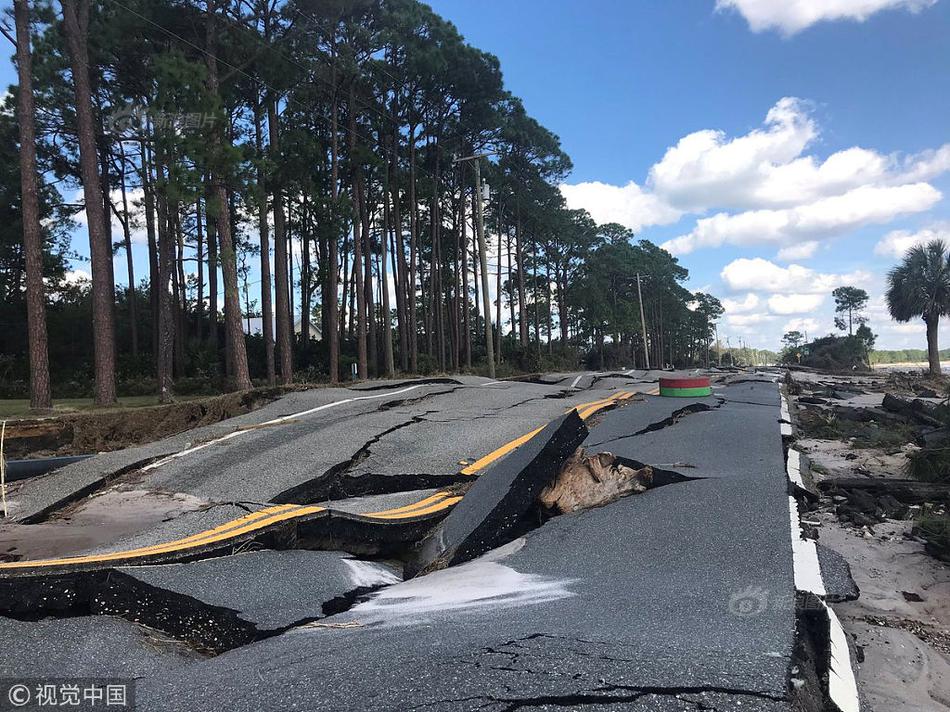 HS code-driven environmental compliance
HS code-driven environmental compliance
432.26MB
Check Trade data for metal commodities
Trade data for metal commodities
413.32MB
Check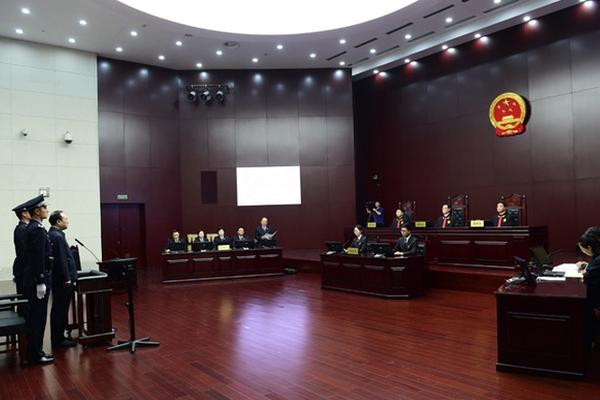 Trade data-driven supply chain optimization
Trade data-driven supply chain optimization
638.98MB
Check Surgical instruments HS code classification
Surgical instruments HS code classification
364.63MB
Check Advanced shipment analytics software
Advanced shipment analytics software
397.91MB
Check How to ensure tariff compliance
How to ensure tariff compliance
962.98MB
Check HS code-driven trade finance optimization
HS code-driven trade finance optimization
687.71MB
Check Country trade missions and HS code references
Country trade missions and HS code references
487.64MB
Check HS code-based supply chain digitization
HS code-based supply chain digitization
178.44MB
Check Import quota monitoring tools
Import quota monitoring tools
846.82MB
Check How to identify monopolistic suppliers
How to identify monopolistic suppliers
984.29MB
Check HS code utilization in digital trade documents
HS code utilization in digital trade documents
298.59MB
Check How to monitor competitor supply chains
How to monitor competitor supply chains
237.42MB
Check Customized market entry reports
Customized market entry reports
419.85MB
Check Global trade compliance scorecards
Global trade compliance scorecards
735.15MB
Check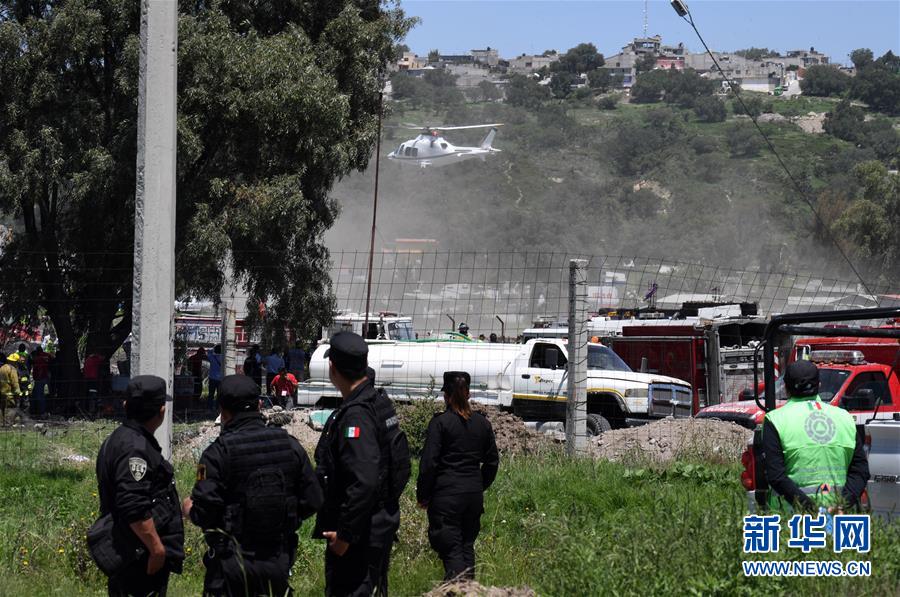 global shipment tracking
global shipment tracking
865.93MB
Check Deriving product origin via HS code
Deriving product origin via HS code
347.51MB
Check How to find untapped export partners
How to find untapped export partners
931.77MB
Check Latin American HS code alignment
Latin American HS code alignment
997.29MB
Check How to optimize shipping schedules
How to optimize shipping schedules
323.44MB
Check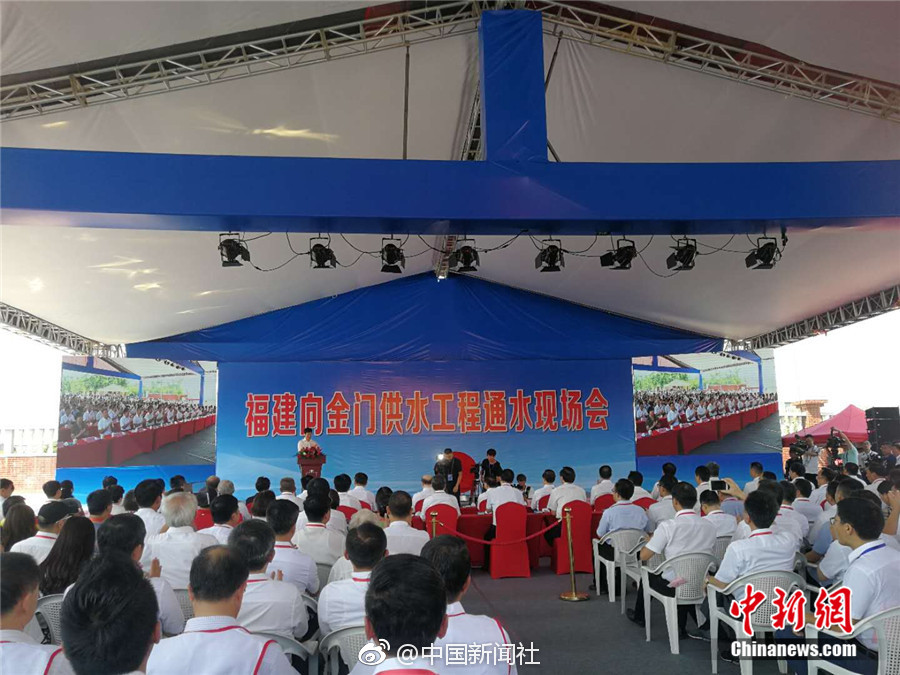 Pharmaceutical compliance monitoring
Pharmaceutical compliance monitoring
362.24MB
Check How to comply with dual-use regulations
How to comply with dual-use regulations
769.41MB
Check How to identify export-ready products
How to identify export-ready products
349.14MB
Check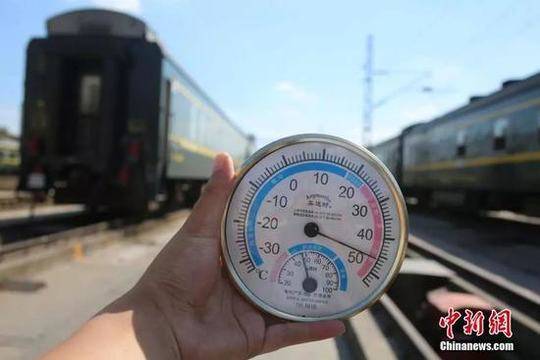 Comprehensive customs ruling database
Comprehensive customs ruling database
162.83MB
Check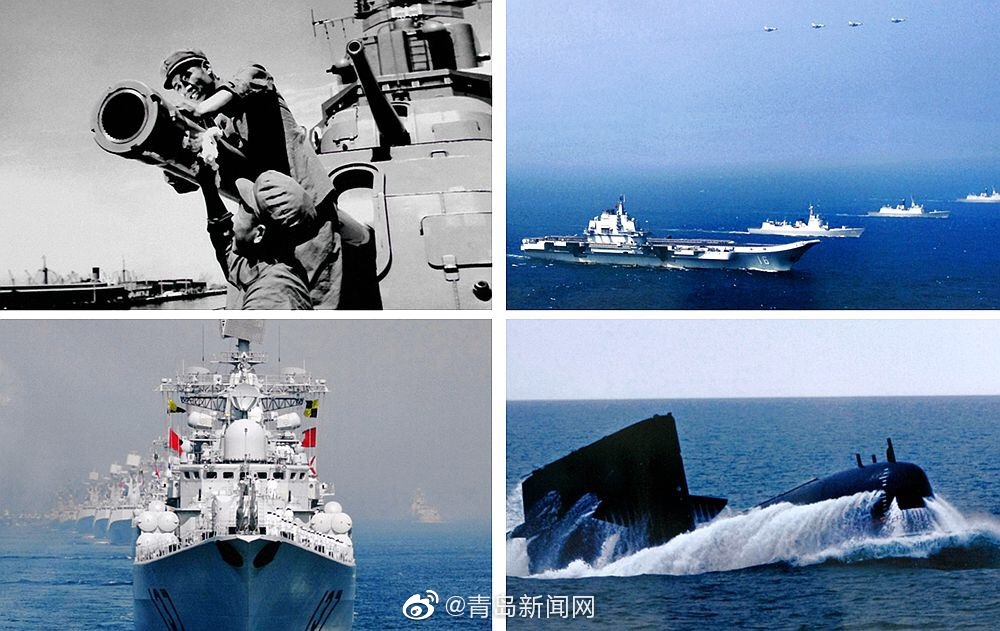 HS code-driven logistics partner selection
HS code-driven logistics partner selection
639.51MB
Check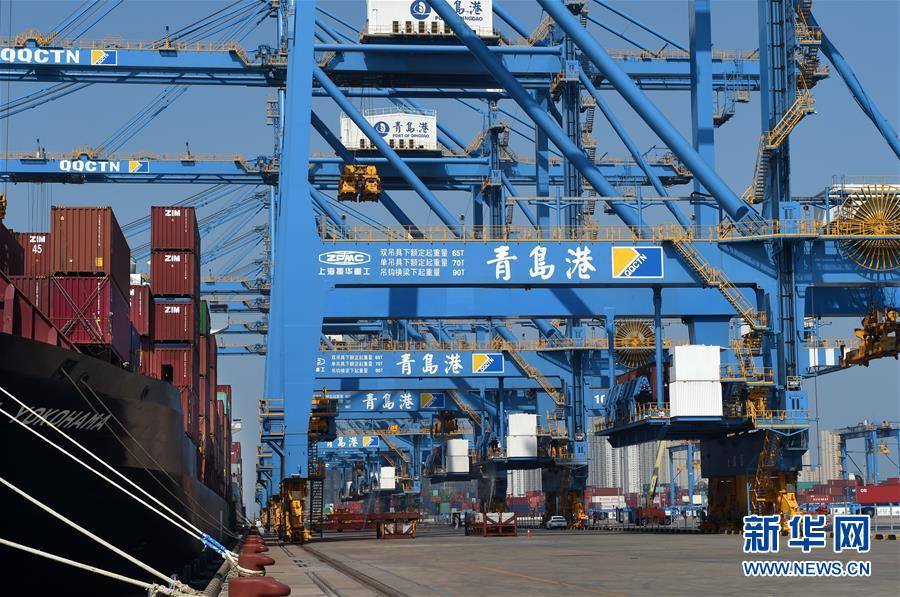 import data visualization
import data visualization
948.19MB
Check HS code-based forecasting for raw materials
HS code-based forecasting for raw materials
435.11MB
Check HS code filters for bulk commodities
HS code filters for bulk commodities
767.41MB
Check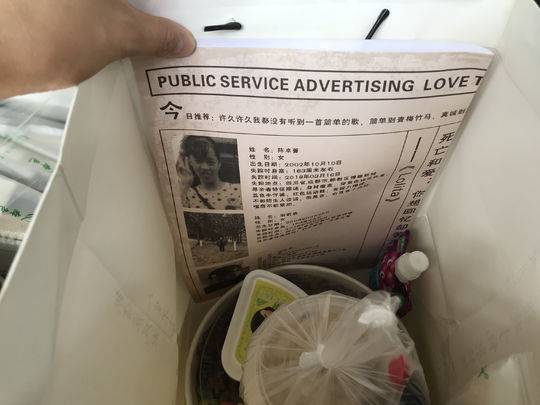 Real-time customs tariff analysis
Real-time customs tariff analysis
623.71MB
Check Trade flow analysis software
Trade flow analysis software
337.66MB
Check
Scan to install
How to integrate trade data with RPA to discover more
Netizen comments More
1377 Mining equipment HS code references
2024-12-24 02:57 recommend
1542 GCC countries HS code tariffs
2024-12-24 02:52 recommend
1423 How to verify supplier credibility with data
2024-12-24 02:40 recommend
1079 Australia import export data visualization
2024-12-24 02:28 recommend
2901 HS code-driven customs clearance SLAs
2024-12-24 00:48 recommend